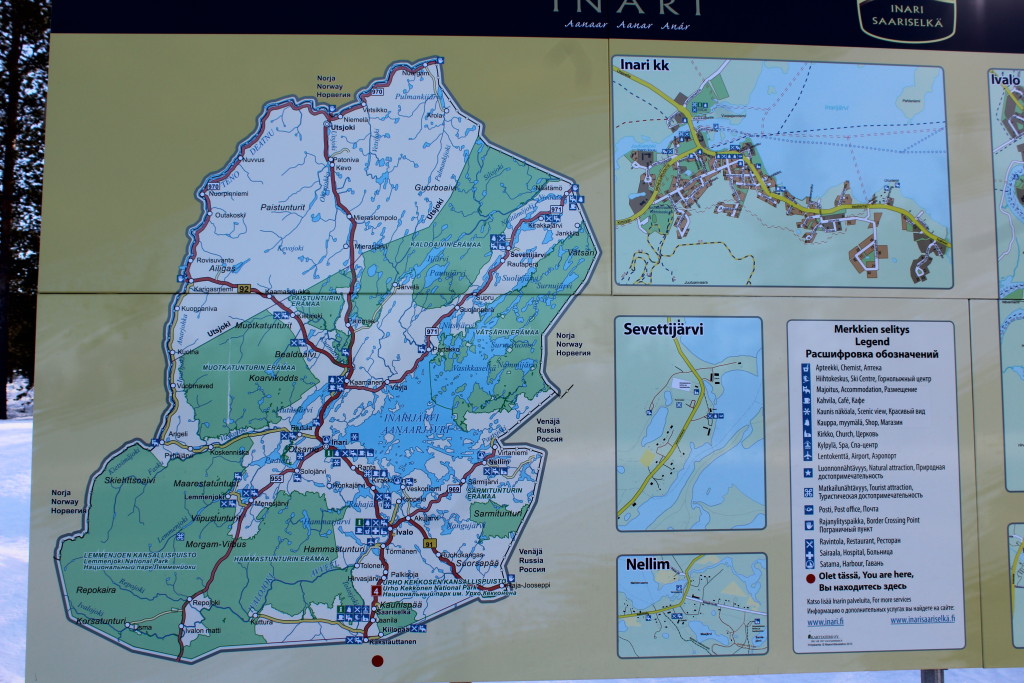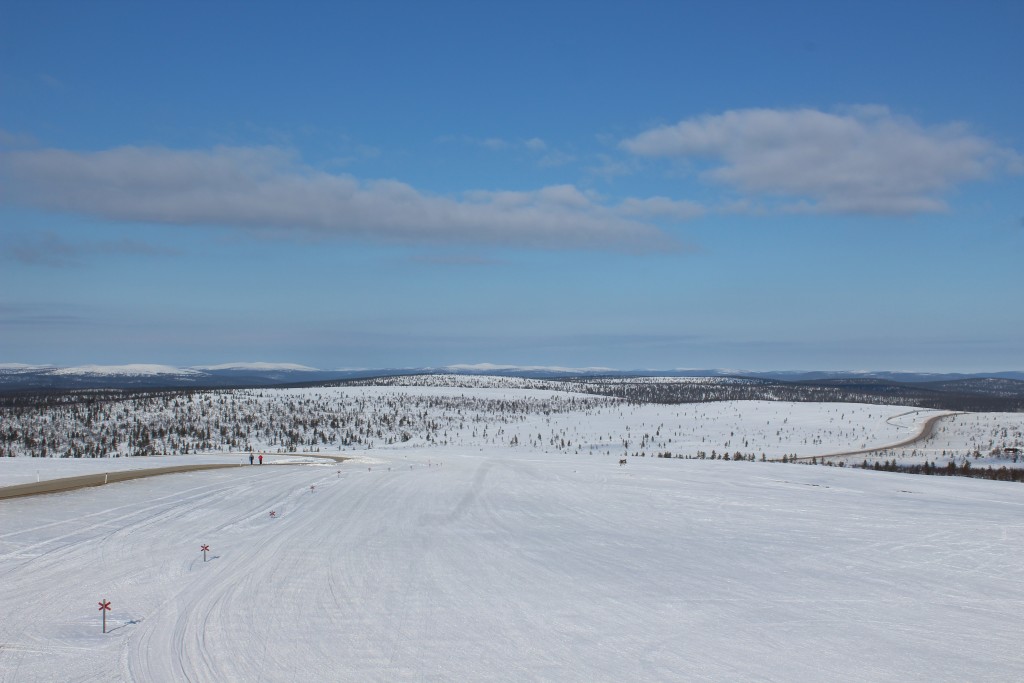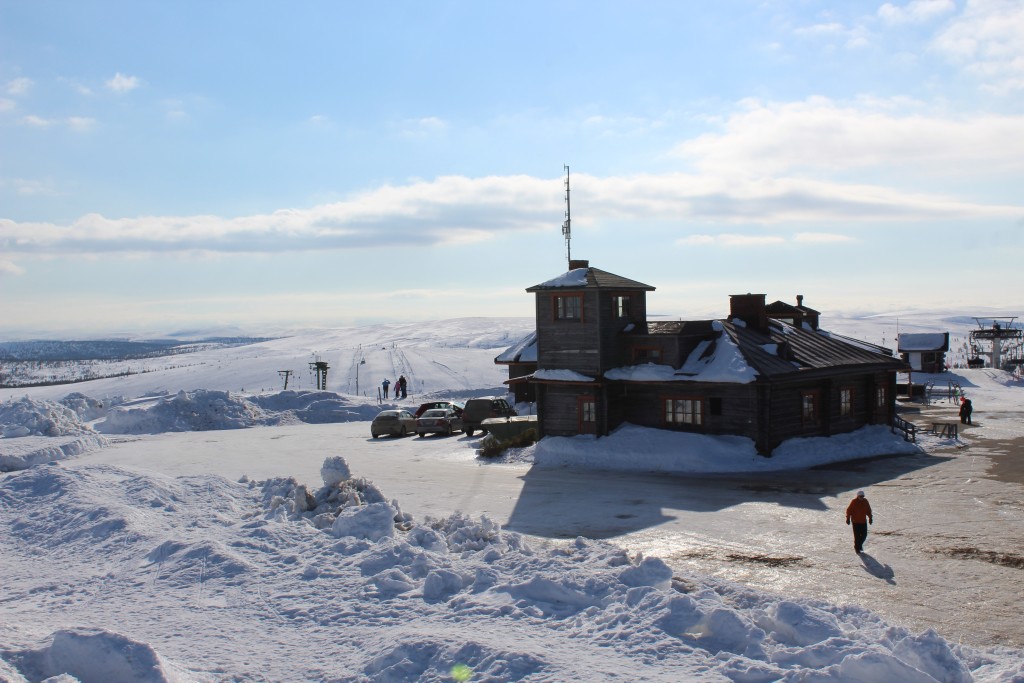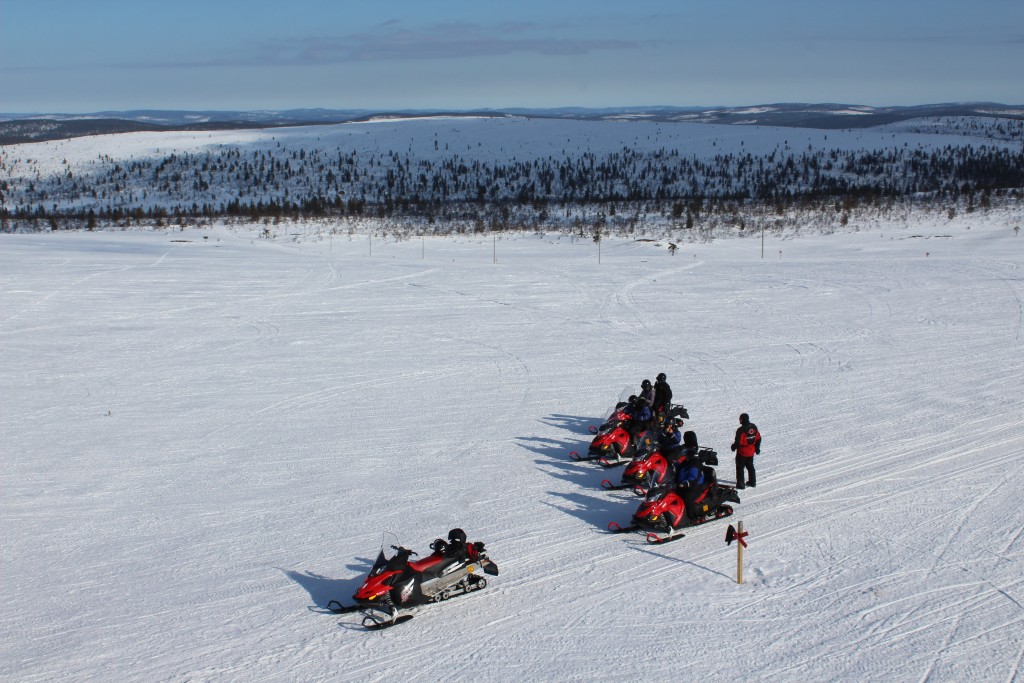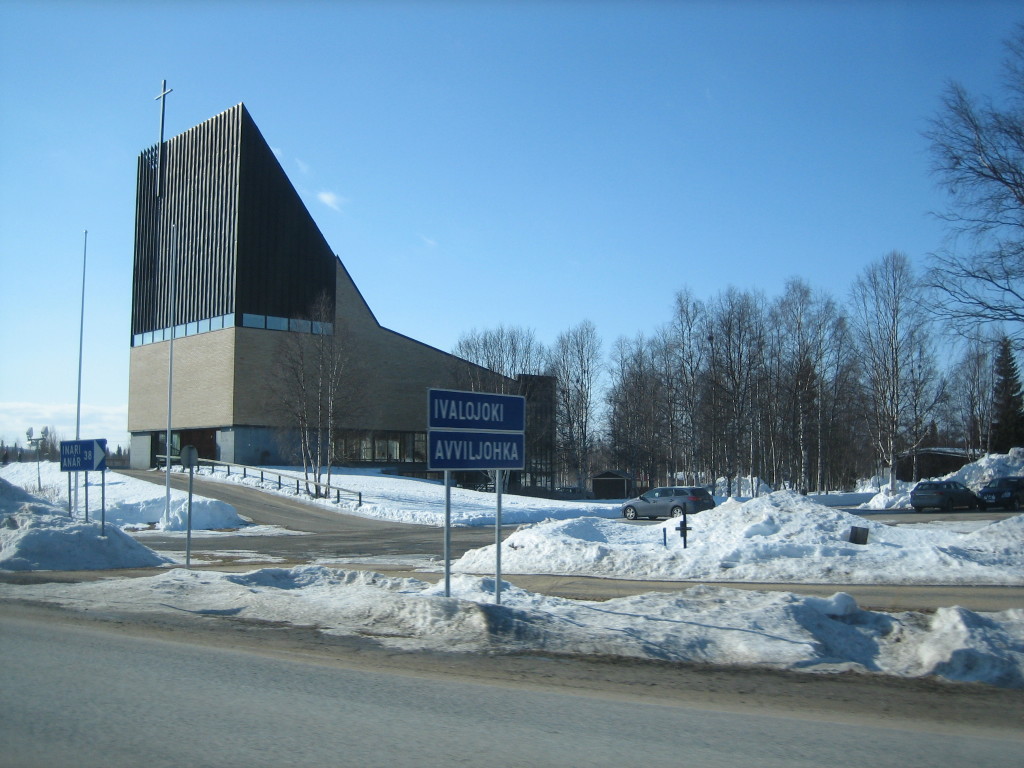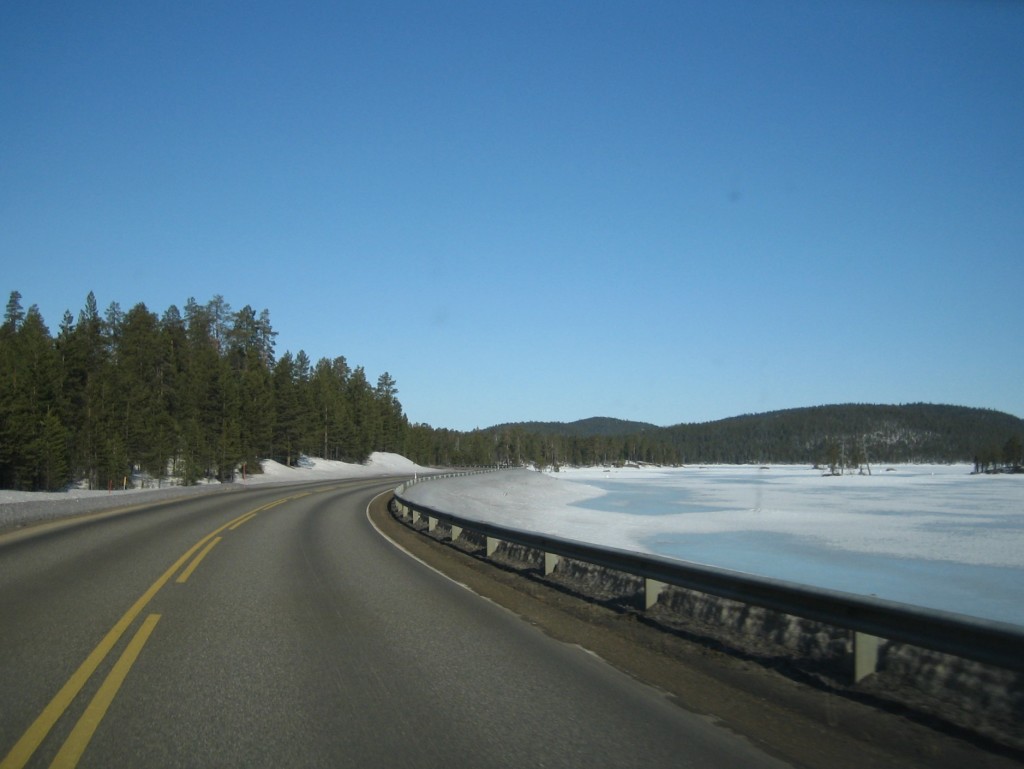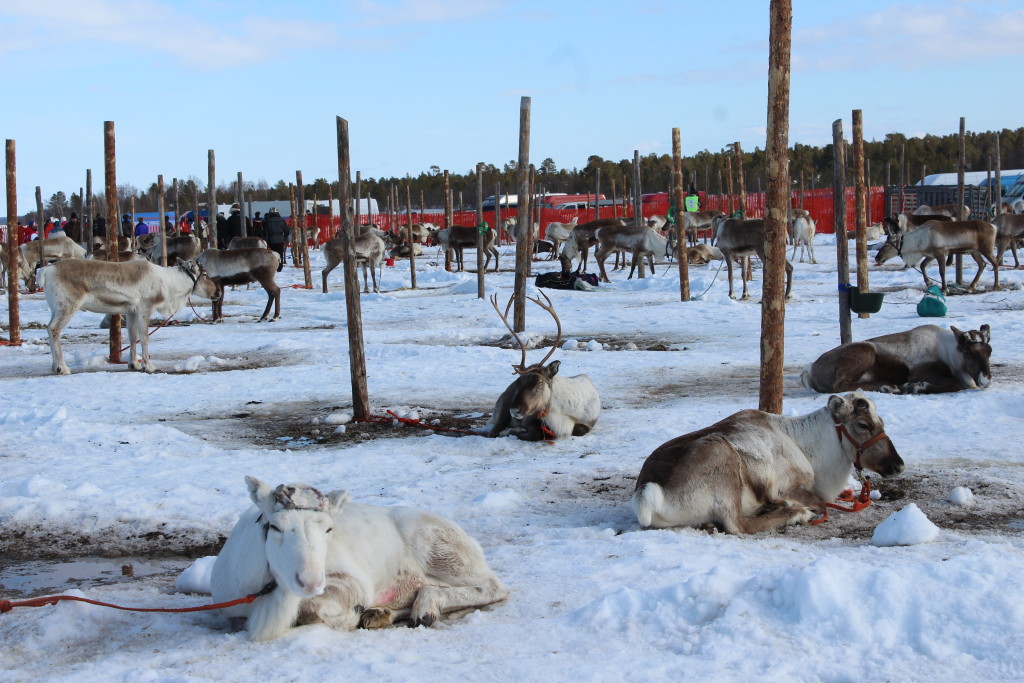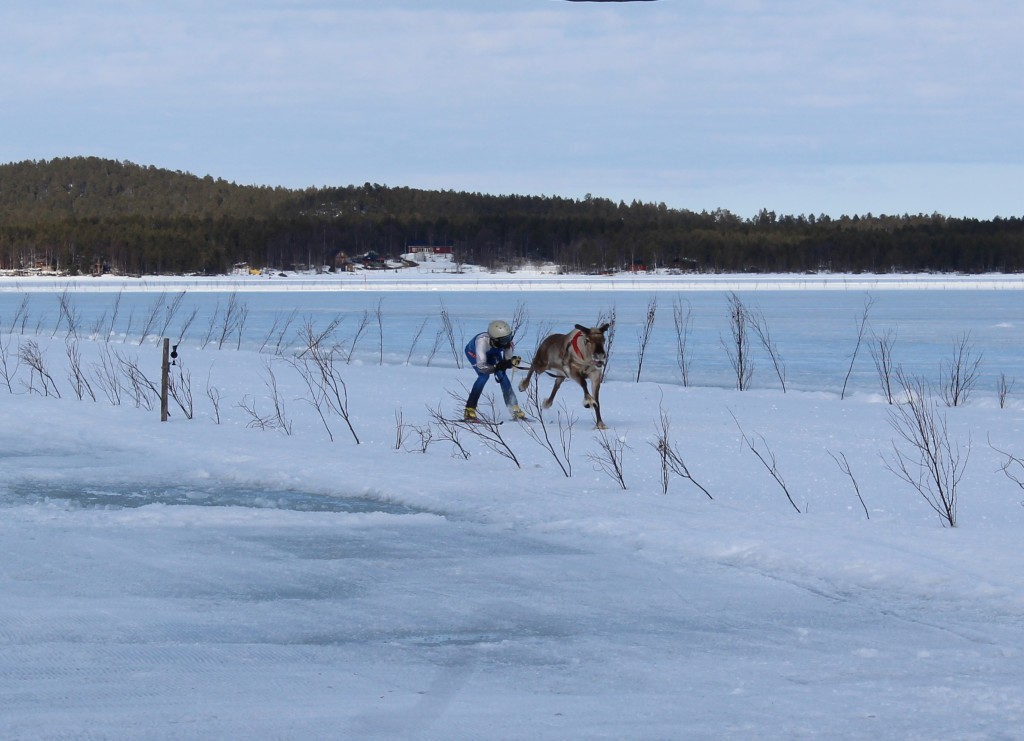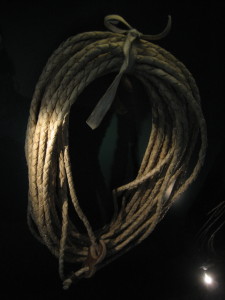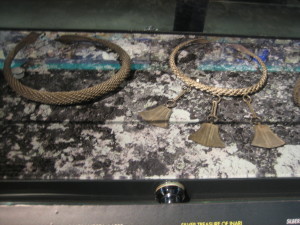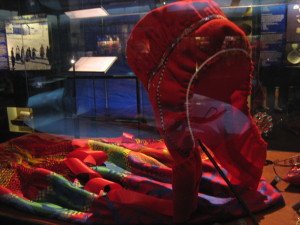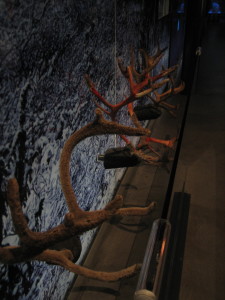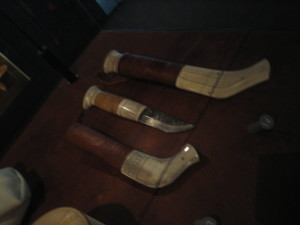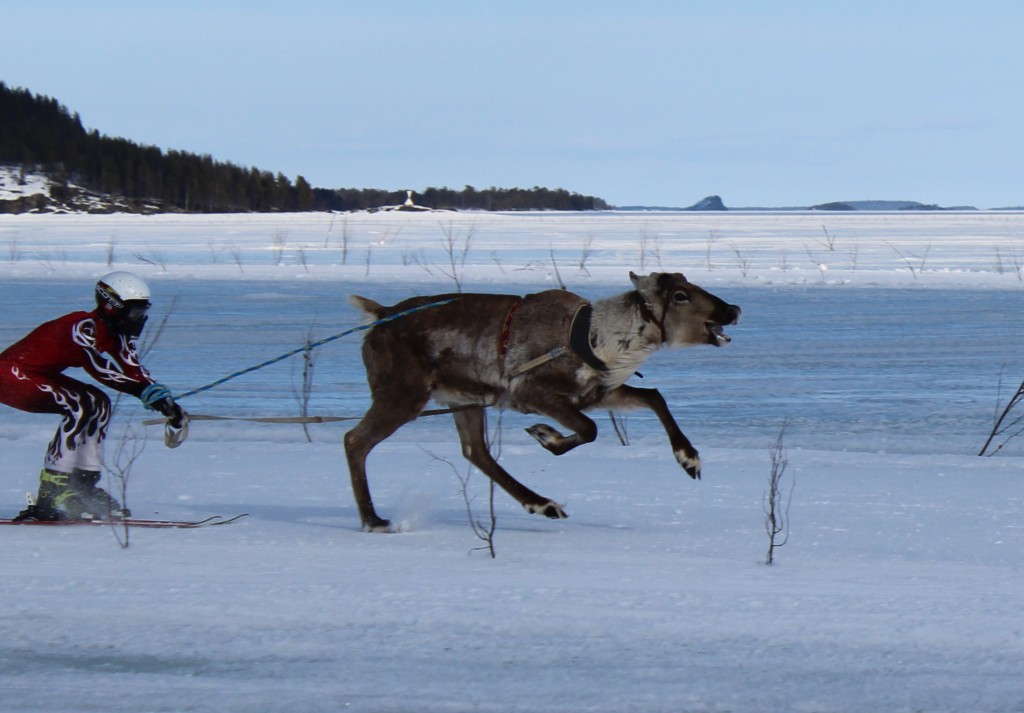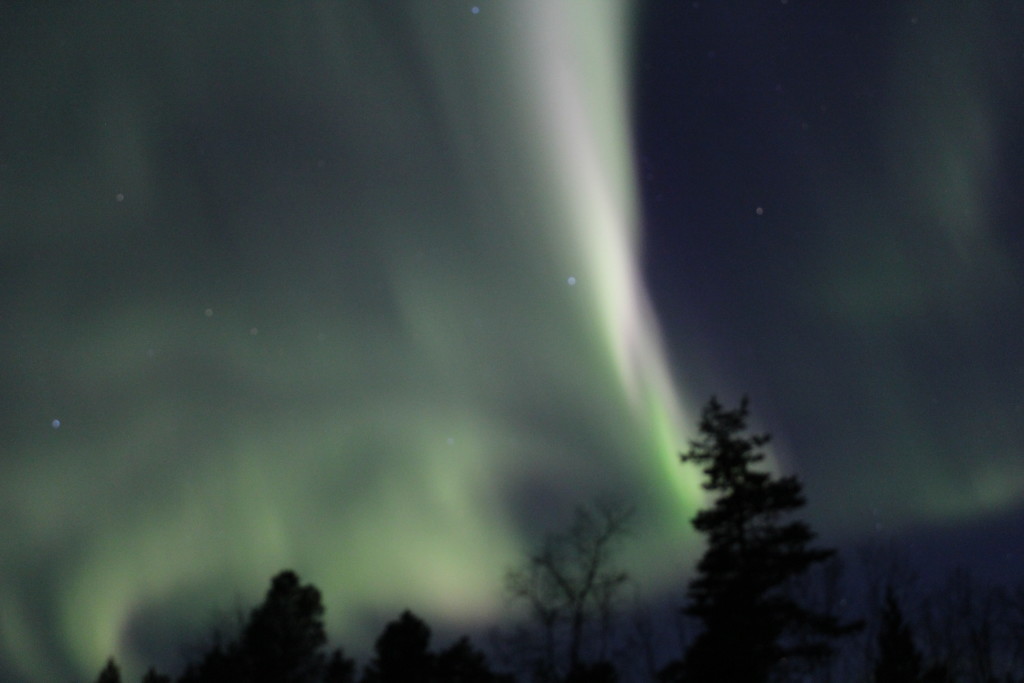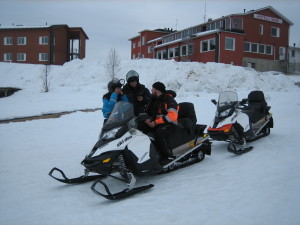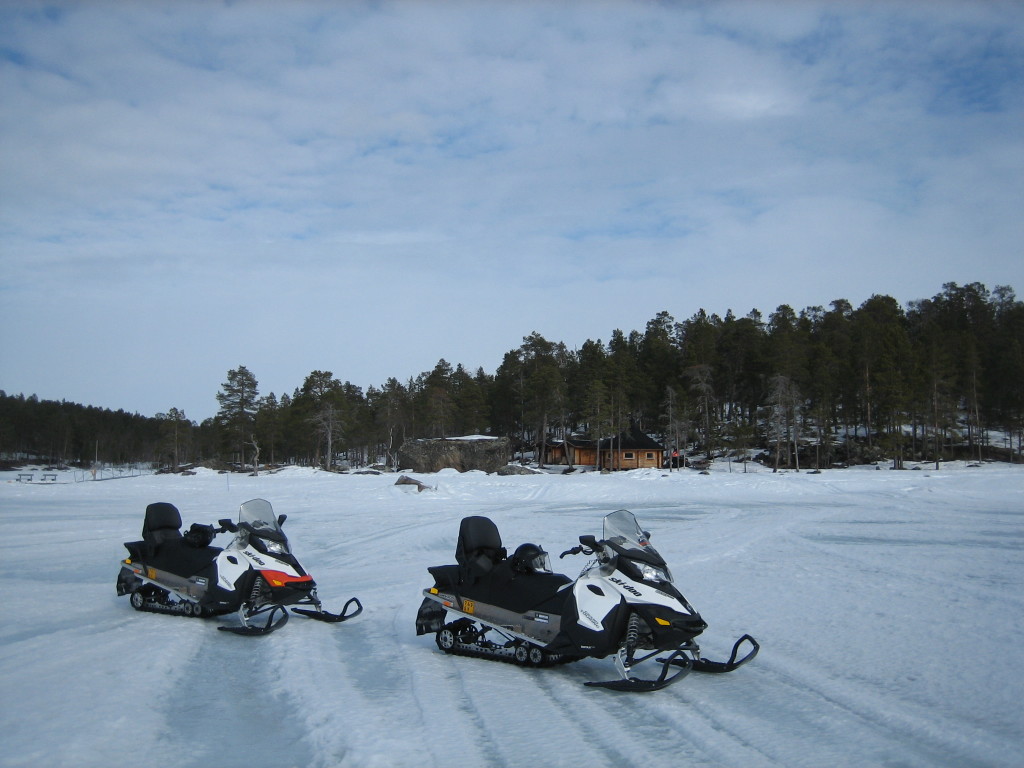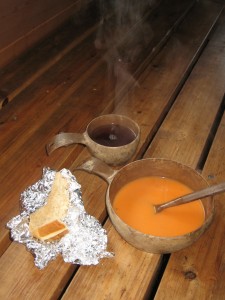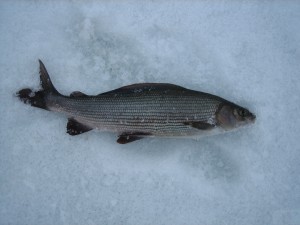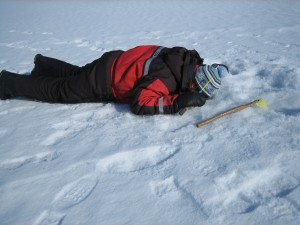Why I have postponed the visit to Inari for so many years is due to lack of company, lack of courage to dare to drive the long way alone in winter time and so on, and so on. Suddenly I found out I do not need any company to go there and winter was coming to an end so the roads were really nice and dry to drive. Inari is situated about 330 km from Rovaniemi in the middle of the “head” of Finland.
Inari (Inari Sami: Aanaar, Northern Sami: Anár, Skolt Sami: Aanar, Swedish: Enare, Russian: Инари) is Finland’s largest, most sparsely populated municipality, with four official languages, more than any other in the country. Its major sources of income are the lumber (timber) industry, nature maintenance and tourism.
The municipality of Inari has a population of 6,783 (30 June 2015). The population density is only 0.45 inhabitants per square kilometre.
I started early Sunday morning and on my way to Inari, along road nr 4, I stopped for a short photo session on the top of Saariselkä Kaunispää, 250 km from Rovaniemi. The weather was fantastic and as I already mentioned the roads were in very good shape. No need to be afraid the car would not pass through.
The view from the view tower was absolutely astonning. I could see far north the fells in Finland and there was snow everywhere. There were still winter tourists in Saariselkä.
I have visited Saariselkä before, but that was during the Kaamos period and it was hard to see in the darkness how the nature was shaped. I was lucky enough to see the auroras in the night that time.
After Saariselkä there is the village Ivalo/Avvil before you arrive to Enare. Ivalo has an airport. The church of Ivalo is a modern creation. The former Ivalo church was burnt down by the Germans during the World War II.
After Ivalo the nature changed. The road became also more curvy; not so straight forward as the road Rovaniemi-Ivalo. Along the road I saw waters, sometimes on both sides of the road. There was of course ice on them now, but I can imagine how beautiful it must be in the summer time with the lakes and the forest.
Road nr 4 leads you directly into the village center of Enare. On the right side you have the big Inarinjärvi lake. As I arrived I realized there was a happening going on on the ice near the shore. The final reindeer cup race was taking place. As I already had attended a reindeer cup competition this year I chose to drive directly to the Sami museum Siida.
The Siida museum was one of my main reasons to visit Inari and it was still open for 3 hours this day, as I arrive around 1 o’clock pm.
Inari is the center of Sámi culture in Finland and the museum Siida presents the Sámi culture in an interesting way. Siida means village in the Sámi language.
The Sámi Museum Siida is the national museum of the Sámi and a national special museum in Finland. Its main purpose is to support the identity and the cultural self-esteem of the Sámi.
The Siida museum presents the nature of northern Lapland in a very interesting way, but my main interest was today the handcrafts of the Sámi people and their culture.
After my visit to Siida, I went back to see the final races of the reindeer cup. The winner this year was Pikalaaki reindeer driven by Hanna Mikkola from the Pintamo cooperative of reindeer herdsmen.
In the night I accompanied an Aurora safari around Inari. The company Visit Inari could provide me with a memorable tour and a perfect guide, Pekka, who could also help me with some camera settings to get perfect northern light pictures. The excursion lasted for 3 hours and we could see the auroras almost all the time!
The next morning I also attended an excursion for ice-fishing with the same company, Visit Inari. Even if I see myself as an experienced ice-fisher I still wanted to experience fishing on the huge Inarijärvi lake, too. The excursion went by snowmobiles to some spots on the lake where the guide Mika had heard we could perhaps catch some greylings. The weather was sunny and nice and the ice was almost snowfree. The driving went well and we finally ended up trying to get some greylings from the holes in the ice. Harmfully, we did not catch any fish this day. We also tried on a place known for its perches, but without any success. In the end of the excursion the guide prepared a light lunch for us in the wilderness.
My return to Rovaniemi started with some snowfall, but as I drove south there was no more snowfall and everything went well. I am so glad I finally made this trip. I had the opportunity to see the nice village of Inari for myself. Inari is situated so beautifully on the shore of lake Inari and I am sure the village is absolutely fantastic also in summer time.
In summer time the tour companies offer hiking tours, boat tours and fishing expeditions or just boat cruises on the lake. Definitively worth trying. Inari is not only for winter experiences.
[si-contact-form form=’1′]

